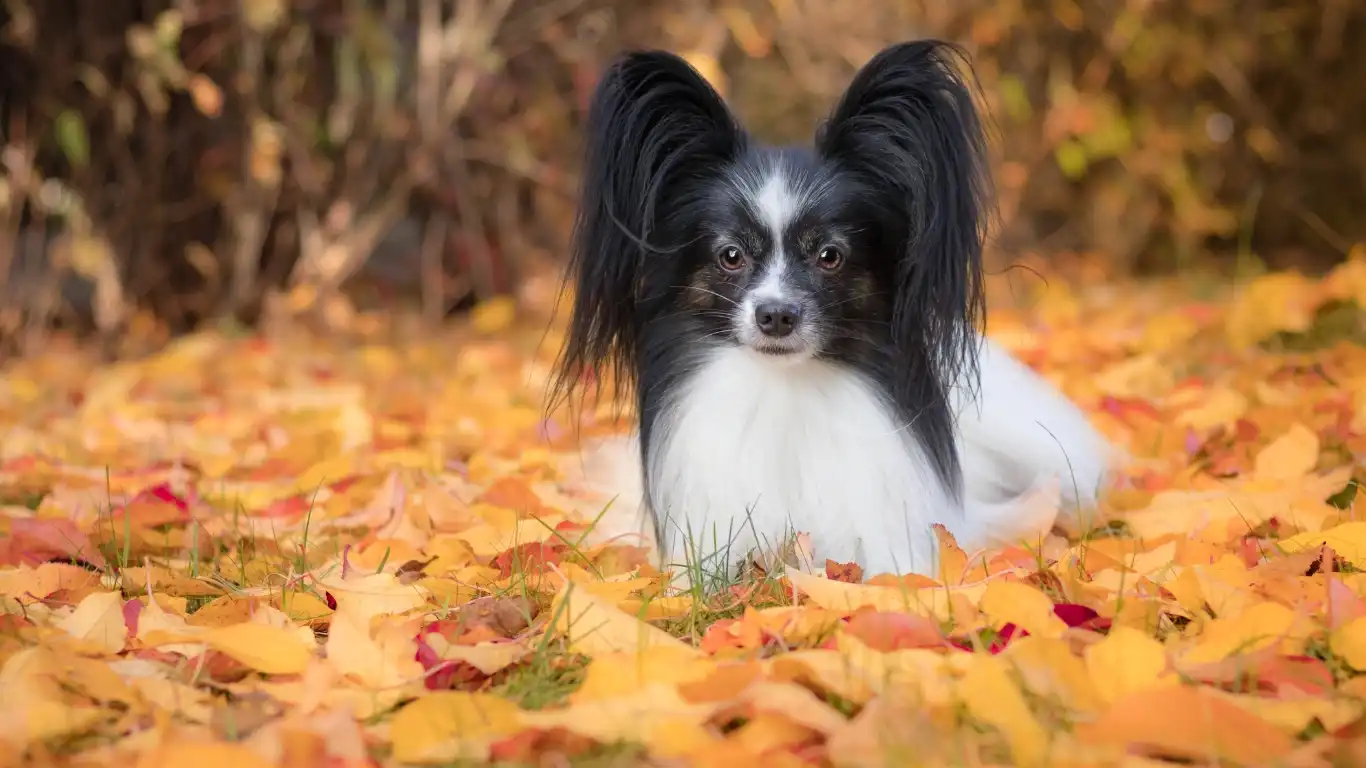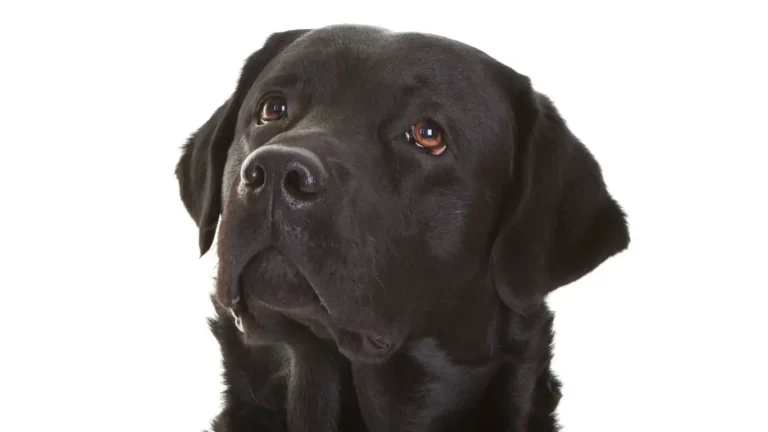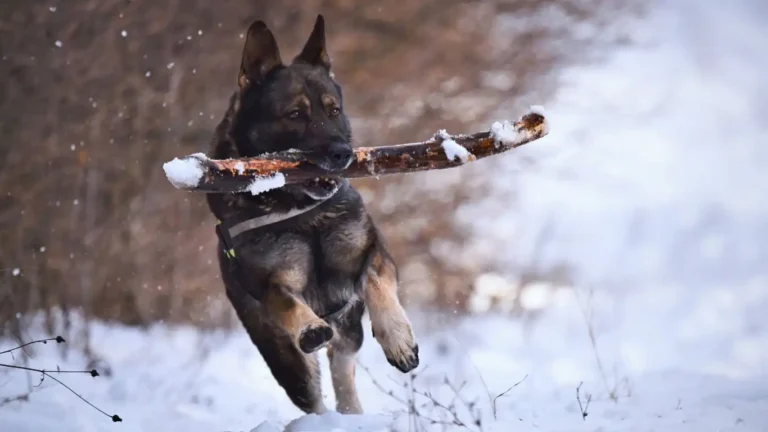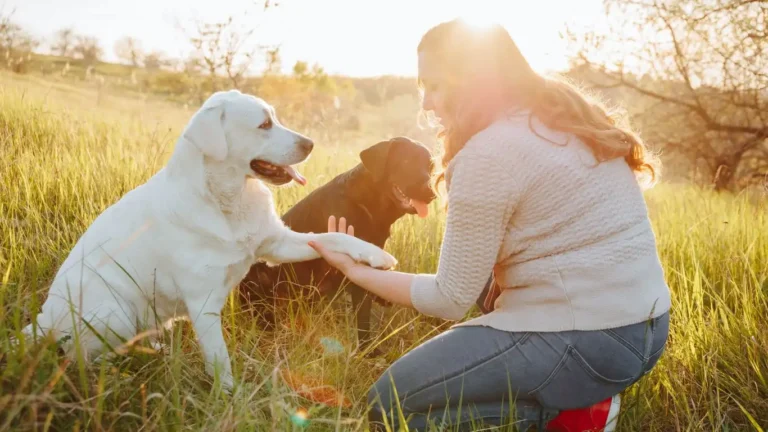How to Stop a Dog from Growling at Guests: Simple Steps That Work
If you’ve ever had your dog growl at guests, you know how stressful and awkward it can feel. It’s tough because on one hand, you want your furry friend to be friendly and welcoming, but on the other, that low rumble warns you something’s off. So, how to stop a dog from growling at guests becomes a real priority — not just for peace of mind but also to keep everyone safe and comfortable. Drawing from my years as a Veterinary Technician specializing in nutrition and general animal behavior, I’ve seen firsthand that growling is often a way dogs communicate discomfort, fear, or confusion. The good news? There are clear, manageable steps you can take to help your dog feel more at ease around visitors.
Understanding Why Dogs Growl at Guests
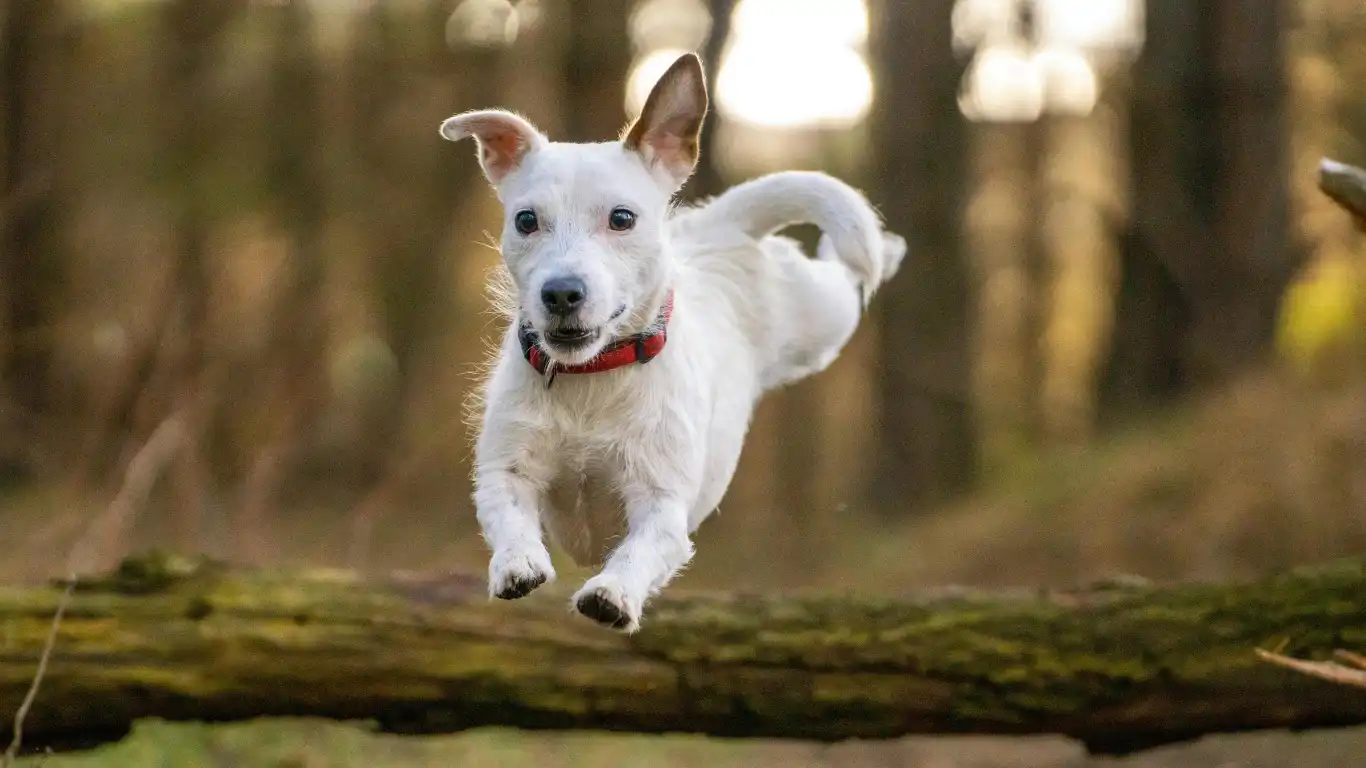
Before jumping into solutions, it’s super important to understand why your dog is growling in the first place. Growling isn’t just “bad behavior” — it’s a form of communication. Dogs use growling to express feelings ranging from fear and anxiety to territorial instincts or even pain. When a stranger steps through your door, your dog might feel like its space is being invaded or might simply be overwhelmed by new smells, sounds, or energy.
Fear and Anxiety
Many dogs growl because they’re scared or anxious about new people. Sometimes, past experiences or lack of socialization can cause your dog to react defensively. I remember working with a dog who was incredibly nervous around visitors due to limited exposure as a puppy. The growling was his way of saying, “I don’t feel safe here.” Recognizing this helps you approach the problem with empathy rather than frustration.
Territorial Behavior
Dogs are naturally territorial animals, and your home is their safe zone. When guests arrive, your dog might perceive them as intruders, which triggers protective instincts. This kind of growling is more about guarding the home and less about disliking the person. From my experience, understanding this can help you tailor your training to reduce territorial tension.
Pain or Discomfort
Sometimes, growling can indicate pain or physical discomfort. This might be less obvious but just as important. If your dog is growling in situations where they usually wouldn’t, a quick vet check can rule out medical issues. In my veterinary work, I’ve seen dogs growl when touched in sore spots, so it’s a good idea to consider health before behavioral corrections.
Setting Up a Calm Environment for Your Dog and Guests
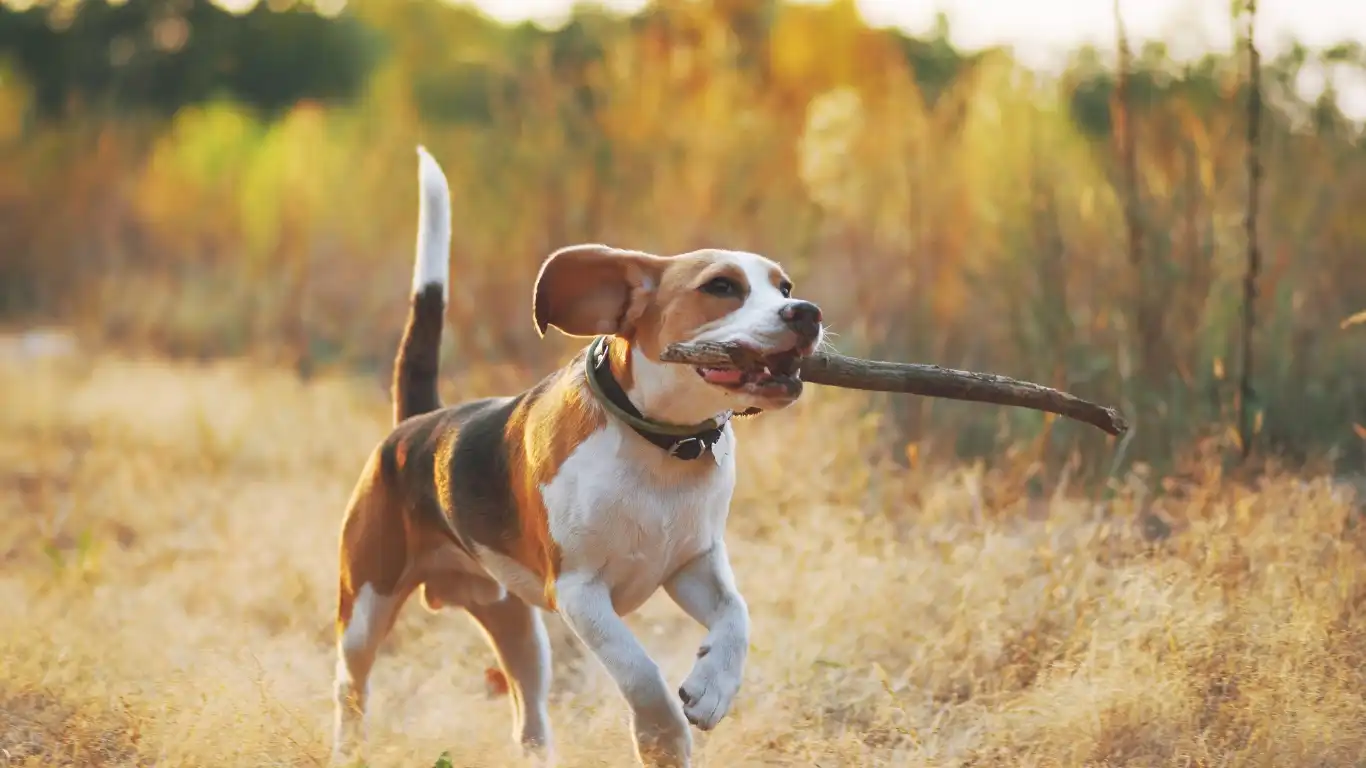
Once you know why the growling is happening, you can start making changes in your home environment to help your dog feel more secure and relaxed around guests. A calm environment goes a long way toward easing your dog’s anxiety and reducing their need to growl.
Create a Safe Space
One of the most effective things I’ve recommended to pet owners is setting up a safe haven for their dog — a cozy corner or room where the dog can retreat when guests come over. This spot should have their favorite bed, toys, and maybe even an article of your clothing for comfort. Encourage your dog to use this space by rewarding calm behavior there.
Manage the Greeting Process
How guests enter your home can make a big difference. Instead of allowing the dog to rush up to visitors right away, ask guests to ignore your dog initially — no eye contact, no reaching out. This lets your dog observe without pressure. I often coach owners to introduce guests slowly and let their dog approach when they’re ready, which builds trust and reduces stress.
Use Positive Reinforcement
Rewarding your dog for calm, friendly behavior around guests is key. When your dog stays quiet or behaves well, offer treats, praise, or a favorite toy. This helps your dog associate visitors with good things, which can gradually replace the growling reaction.
Basic Training Tips to Reduce Growling

Teach Alternative Behaviors
Growling often happens when a dog feels trapped or overwhelmed. Teaching simple commands like “sit,” “stay,” or “go to your spot” gives your dog tools to cope better with their emotions. I’ve seen great progress when owners consistently reinforce these commands, especially before guests arrive.
Desensitize and Counter-Condition
This means gradually exposing your dog to the trigger — guests — in a controlled way, paired with positive rewards. Start with just having someone at a distance, and slowly decrease that space over time as your dog becomes more comfortable. This technique requires patience but really works when done correctly.
Stay Calm and Consistent
Your dog picks up on your energy more than you realize. Staying calm and not reacting with frustration or anger is crucial. Consistency in how you respond to growling or calm behavior helps your dog learn what’s expected. From my clinical experience, consistent, patient training beats quick fixes every time.
Advanced Techniques to Stop a Dog from Growling at Guests
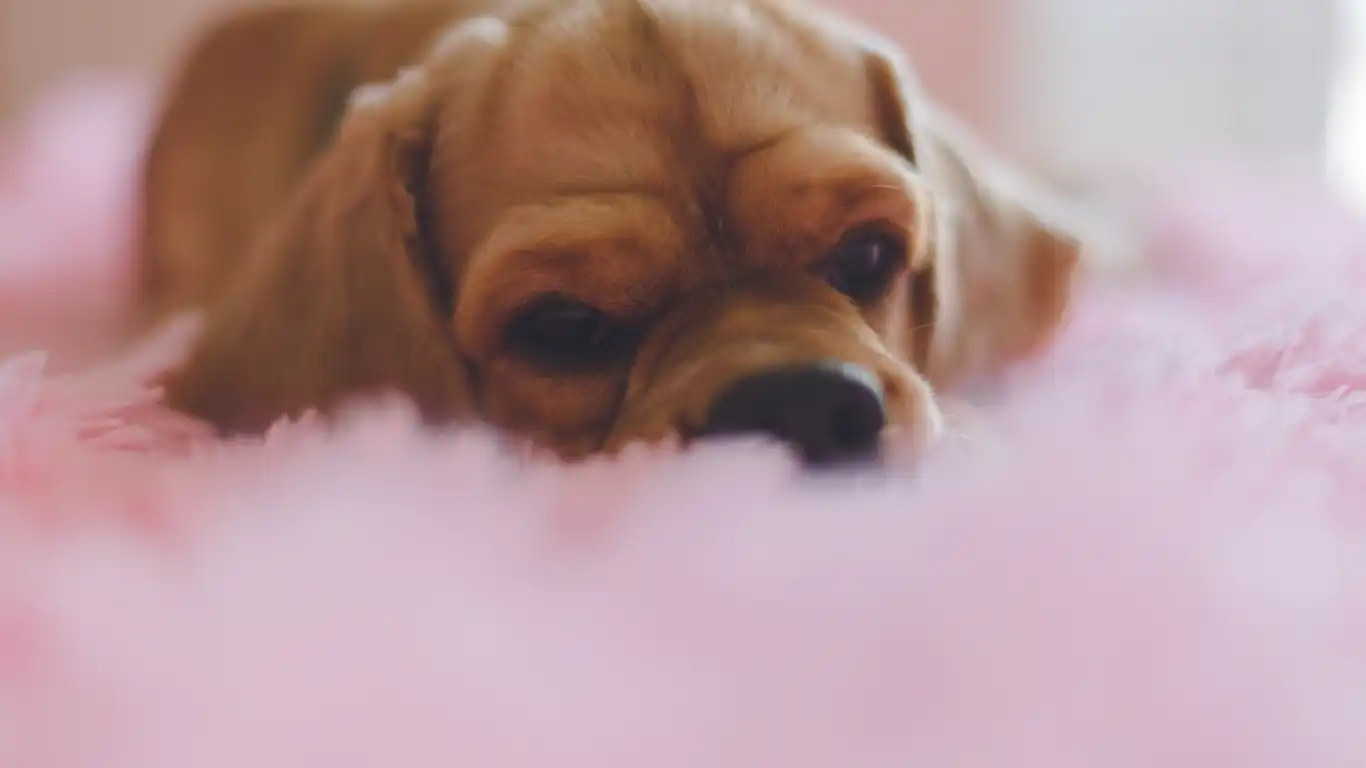
Once you’ve laid the groundwork with basic training and created a calm environment, you might find your dog still needs some extra support to truly stop growling at guests. In my years as a Veterinary Technician, I’ve worked with dogs that require a bit more tailored approaches, especially those with deep-rooted anxiety or territorial instincts. Here are some advanced techniques that can help take things to the next level.
Leash Control and Management
When guests arrive, controlling your dog with a leash isn’t about punishment—it’s about safety and giving your dog structure. Sometimes dogs feel more secure knowing they’re “connected” to their owner. In a controlled manner, you can gently hold the leash and redirect their attention when they start to tense or growl. I’ve seen this work wonders, especially combined with treats or a calm voice. It’s like saying, “I’ve got you, it’s okay.”
Counter-Conditioning with High-Value Treats
Counter-conditioning means changing your dog’s emotional response to guests from negative to positive. But not just any treat will do—use something your dog finds irresistible. For some dogs I’ve worked with, that’s tiny bits of chicken or cheese. Every time a guest appears, give your dog these treats to create a positive association. Over time, your dog begins to look forward to guests instead of feeling threatened.
Practice “Look at That” Game
This simple but effective game trains your dog to focus on the guest calmly rather than reacting with growling. The idea is to reward your dog for looking at the guest and then looking back at you for a treat, breaking the cycle of tension. I’ve used this with anxious dogs who were initially reactive, and it helps them build confidence and trust during social interactions.
The Role of Nutrition and Health in Behavior
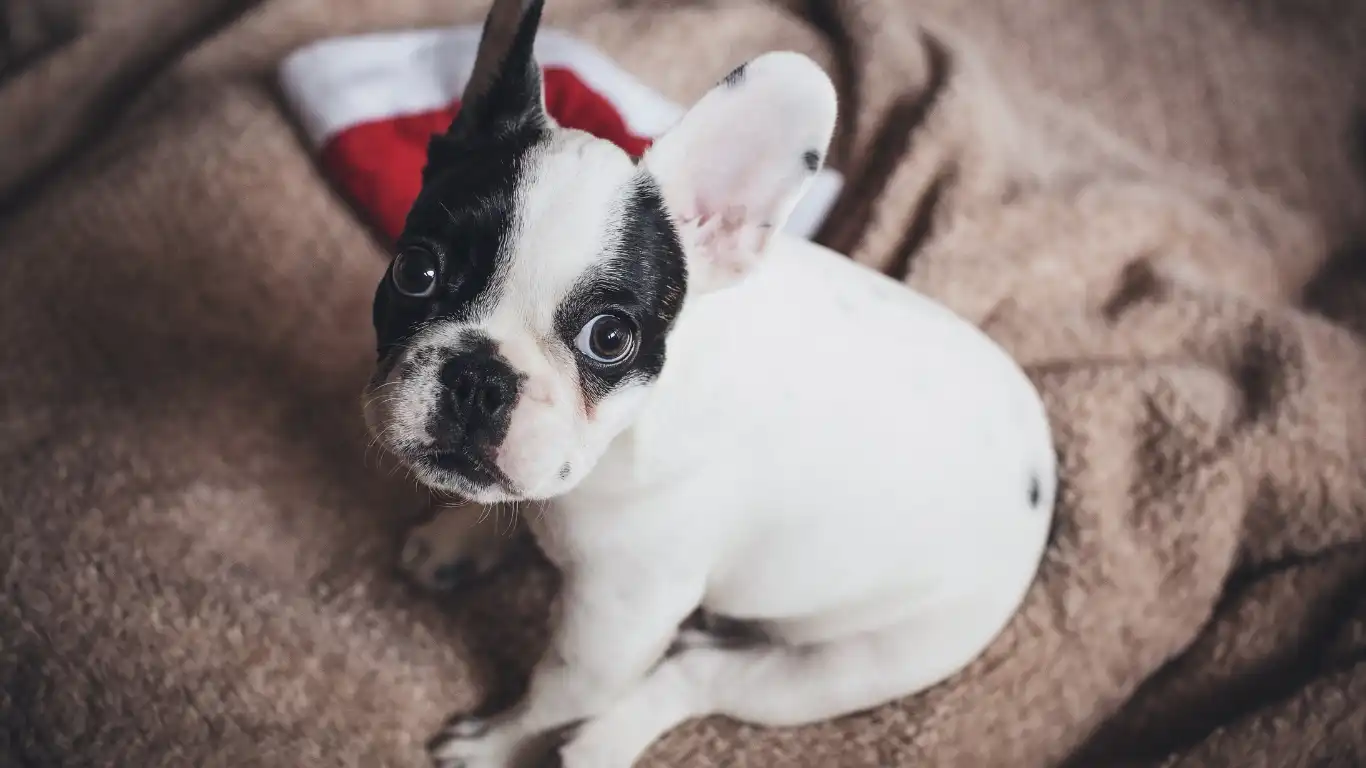
As someone who specializes in nutrition, I can’t stress enough how important your dog’s diet is when it comes to behavior. Believe it or not, what your dog eats can impact anxiety levels, mood, and overall well-being. When your dog is healthy from the inside out, they’re often calmer and better able to handle stressful situations like meeting new people.
Balanced Diet for a Calm Mind
Omega-3 fatty acids, found in fish oils, are known for their anti-inflammatory and brain-supporting properties. Incorporating these into your dog’s diet can help reduce anxiety and promote a more balanced temperament. I’ve recommended fish oil supplements to many clients with nervous dogs, and the improvements have been noticeable. A diet rich in antioxidants, vitamins, and minerals also supports brain health and reduces the likelihood of behavioral issues.
Avoid Foods That Might Trigger Anxiety
Some dogs react poorly to certain food additives, artificial preservatives, or high sugar content, which can lead to hyperactivity or irritability. While every dog is unique, keeping your dog on a clean, wholesome diet helps maintain emotional stability. I always advise clients to check ingredient labels carefully and consult with their vet before switching foods.
Regular Vet Check-Ups Are Crucial
Sometimes behavior problems, including growling, can be linked to underlying health issues like pain, hormonal imbalances, or neurological conditions. Regular vet visits ensure that any medical concerns are caught early and addressed. During my time as a Vet Tech, I’ve seen dogs whose aggressive behaviors softened significantly once their health issues were treated.
Building Confidence in Your Dog
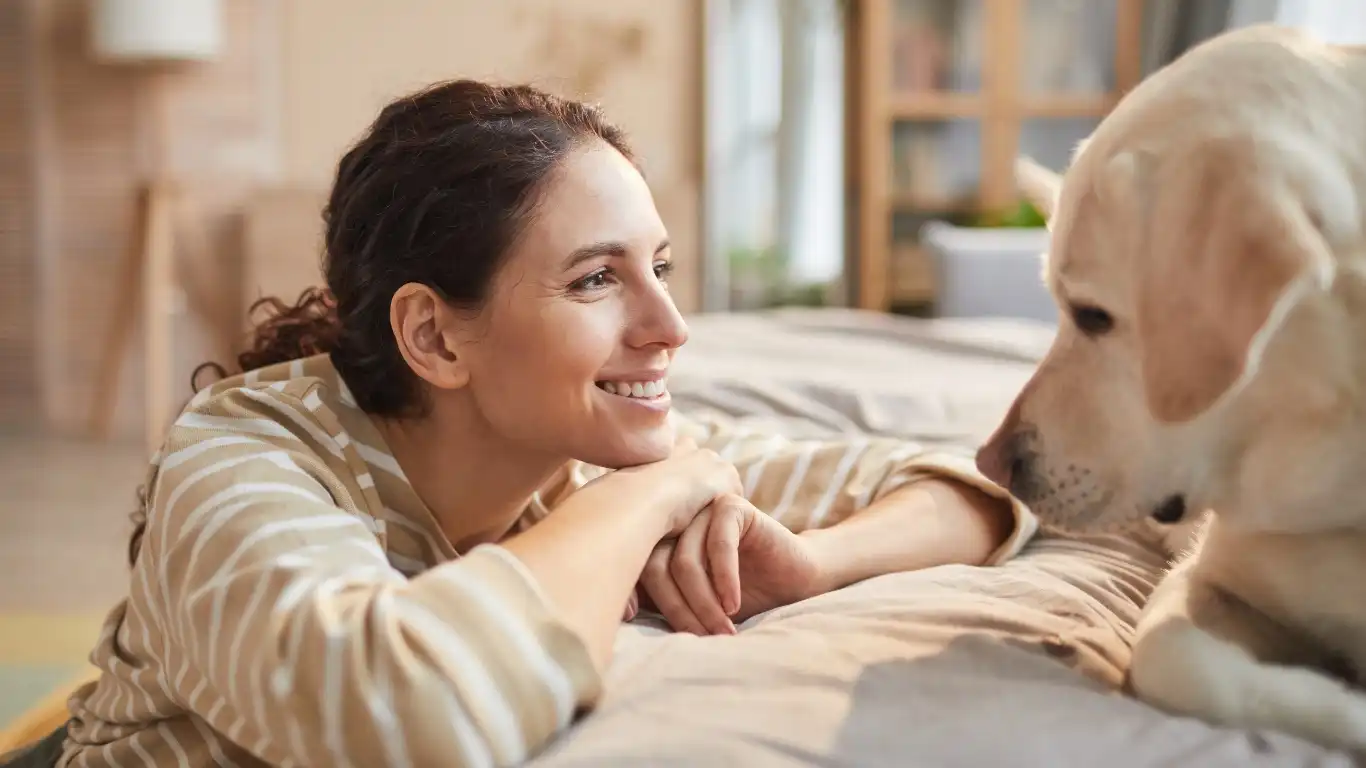
Confidence plays a huge role in whether or not a dog feels the need to growl when meeting guests. Dogs that feel secure and self-assured tend to be more relaxed and less reactive. You can help build this confidence in several fun and rewarding ways.
Engage in Regular Play and Exercise
Physical activity isn’t just good for muscles—it’s great for the mind too. A tired dog is usually a calmer dog. From personal experience, dogs who get daily exercise and mental stimulation have fewer behavioral problems, including less growling. Try puzzle toys, fetch, or even simple obedience games to keep your dog’s brain engaged.
Socialization Done Right
Early and ongoing socialization helps your dog learn how to behave around different people and environments. If your dog missed this as a puppy, it’s never too late to start carefully introducing new people in low-stress ways. Remember to keep experiences positive and short at first. I’ve found that gentle, consistent exposure helps dogs replace fear with curiosity.
Use Calm Leadership
Dogs respond best to owners who are calm, confident, and consistent. When you take the lead calmly, your dog feels safer and less likely to act out with growling. I often remind pet parents that their attitude sets the tone — if you’re nervous, your dog will pick up on that energy. So take a deep breath and lead with patience and kindness.
When to Seek Professional Help and Tools That Can Assist

Sometimes, despite your best efforts and a lot of patience, the growling at guests persists or even worsens. Trust me, I’ve been there with clients whose dogs had deeply ingrained fears or reactions that needed extra support. Knowing when to call in a professional can make all the difference.
Recognizing the Signs You Need Expert Help
If your dog’s growling escalates to snapping, lunging, or biting, it’s time to seek professional guidance. These behaviors can pose safety risks to both your family and visitors. Also, if your dog shows signs of intense anxiety or aggression that you feel unequipped to handle, a qualified behaviorist or trainer with experience in fear-based aggression can provide tailored strategies and support.
In my work as a Veterinary Technician, I’ve collaborated closely with trainers and behaviorists. Their expertise can complement veterinary care, especially when a dog’s behavior ties into complex emotional or health issues. Don’t hesitate to reach out—it’s a sign of commitment, not failure.
Helpful Tools and Aids for Behavior Modification
Alongside professional help, certain tools can support your training efforts:
- Head halters or no-pull harnesses: These can give you better control and reduce stress during greetings.
- Calming wraps or anxiety vests: Products like Thundershirts apply gentle pressure that some dogs find soothing.
- Interactive feeders and puzzle toys: Keeping your dog mentally engaged can decrease overall stress and improve focus.
- Adaptil diffusers or collars: These release synthetic dog appeasing pheromones that may help calm anxious dogs.
Remember, tools should be used thoughtfully and never as punishment. I always advise owners to pair these aids with positive reinforcement training and professional advice for best results.
How Consistency and Patience Change Everything

If there’s one thing I’ve learned from years in the veterinary and animal care world, it’s that consistency and patience are absolute game changers. Training your dog not to growl at guests isn’t about overnight miracles. It’s about steady progress, celebrating small wins, and maintaining a calm, supportive environment.
Celebrate Every Success
Whether it’s your dog staying quiet when a visitor arrives or just not immediately growling, these moments deserve praise. Positive reinforcement works best when it’s timely and genuine. I often remind pet owners to keep treats handy and be generous with their enthusiasm. Dogs respond to your energy and know when you’re proud of them.
Stick to a Routine
Dogs thrive on routine because it creates predictability and security. Try to have a consistent schedule for exercise, feeding, and training sessions. When guests come, have a predictable greeting protocol so your dog knows what to expect. This consistency eases anxiety and helps your dog feel more in control.
Keep Your Cool
Growling can trigger an emotional reaction in us, but staying calm is crucial. If you get tense, your dog will too. When you’re patient and composed, your dog feels safer and more confident. I can’t count the times I’ve seen a calm owner help an anxious dog settle faster than any command or treat.
Final Thoughts on How to Stop a Dog From Growling at Guests
Addressing growling in dogs takes time, understanding, and a lot of heart. By learning why your dog growls, creating a calming environment, applying thoughtful training techniques, supporting their health, and knowing when to get help, you’re setting your dog and your household up for success.
If you ever feel stuck, don’t hesitate to reach out to professionals who specialize in behavior. And always remember: growling is your dog’s way of communicating — a signal that can be transformed with patience, kindness, and the right strategies.
References
Disclaimer
The information provided in this article is based on my professional experience as a Veterinary Technician specializing in nutrition and general animal care. It is intended for educational purposes only and should not replace personalized advice from your veterinarian or a certified animal behavior professional. If your dog’s behavior poses safety concerns or you are unsure about any training method, please consult with qualified experts before proceeding.
